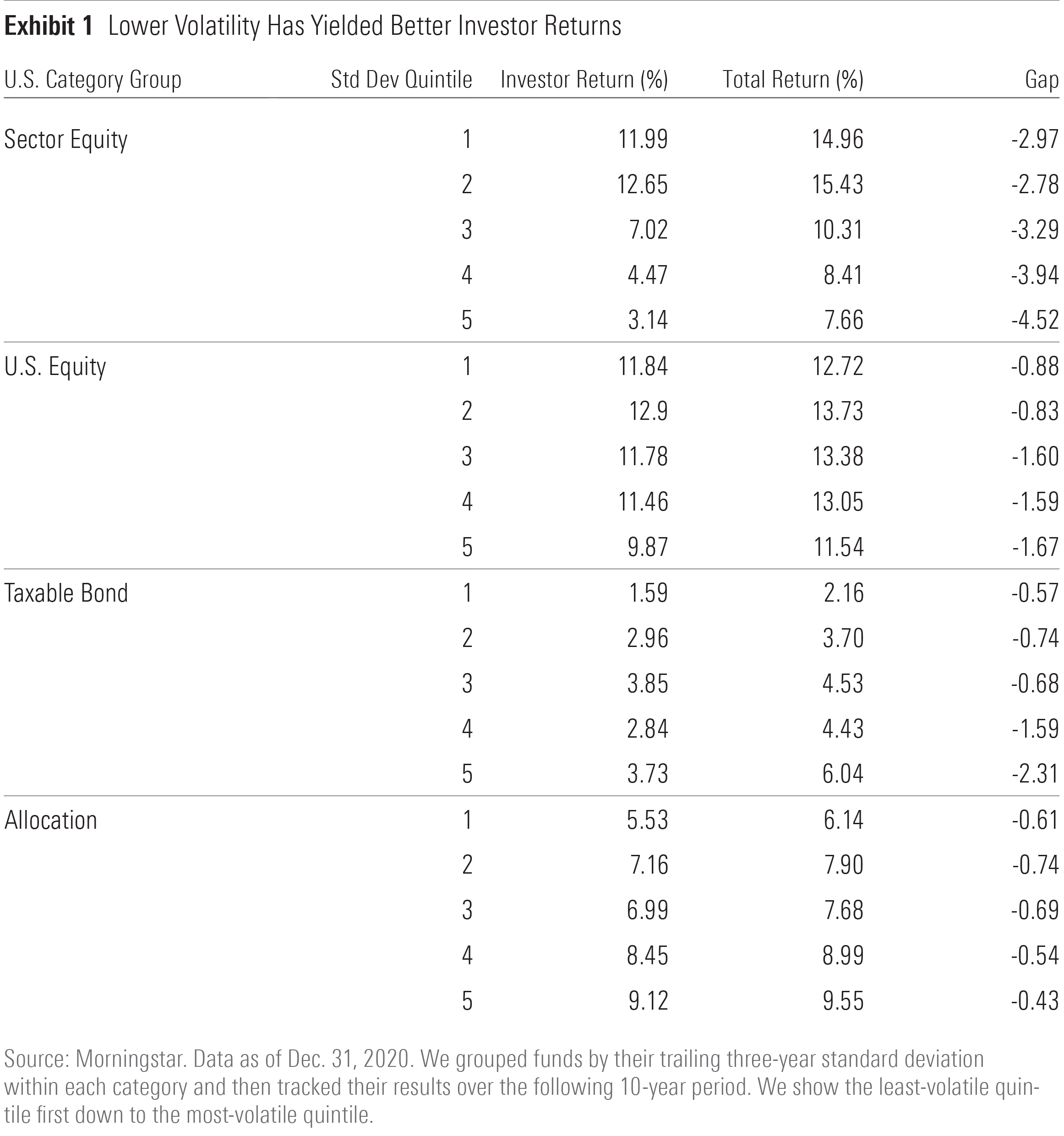Funny Money: Speculative Investing When the Stakes Are Low
Setting aside some play money could be a way to scratch the itch, but it comes with risks.

A version of this article previously appeared in the January 2022 issue of Morningstar ETFInvestor. Click here to download a complimentary copy.
Many of us set aside an amount of play money to swing for the fences every now and then. This can help scratch the speculation itch without putting too much at risk. It’s something I’ve done since I started investing. Sometimes I’ve used it as a quick cure for the fear of missing out, or FOMO. Other times I’ve spent this money to force myself to learn more about corners of the market that I don’t know well. Sometimes, I’ve plunked it down because I thought I was onto something the market was missing.
Like many of you, I’ve had a mixture of successes and failures along the way, and learned a lot in the process. Here, I’ll explore the idea of carving out a pile of “funny money,” address the potential pluses and minuses of the approach, and sprinkle in some personal anecdotes.
A Funny Idea
The idea of cordoning off a pile of cash for an impulsive bet isn't directly supported by any academic research. As far as I can tell, one of its most prominent proponents was late Vanguard founder Jack Bogle. He outlined the case for this approach in a 2014 interview with MarketWatch:
“Divide your money into your long-term investment account and your funny money account for short-term speculation. Guess on funds, guess on markets, guess on stocks if you want to, because that gives you an opportunity to act on your speculative impulses.
“But they will hurt you a lot, so I recommend you have a funny money account of no more than 5% of your portfolio. I also recommend that after five years, check it out. Has it done better than the long-term investment or worse? I’d be astonished if at least 95% of those funny money accounts don’t do worse.”
Bogle, indexing’s greatest champion, was also a student of--among many things--human nature. If he advocated having a funny money portfolio (a term he also coined, at least in this specific context), it was in the hope that investors would avoid tinkering with the remaining 95% of their money.
From the very beginning, we humans have been inclined to succumb to temptation. We know what’s best for us, but it can be difficult and--let’s face it--boring to stay on the straight and narrow. We know that good sleep, regular exercise, and a balanced diet are critical to good health. But we’re so often tempted by the latest faddish health shortcuts--or, if you’re like me, Portillo’s PTLO. When it comes to investing, we know that broad diversification, low costs, and a minimal amount of activity are vital--for the health of our portfolios. When we turn on CNBC and see splashy headlines and flashy graphics and we can’t help but want to do something (“Just stand there!” shouts Bogle).
A pile of funny money can be investors’ pressure relief valve in much the same way that a “cheat day” (a day that someone can eat whatever they’d like) can help people stick to a nutrition program.
What’s the Plan?
Perhaps the single most important decision investors face when laying their funny money plans is how much of their investable assets they will allocate to these exploits. Bogle suggested “no more than 5%,” but that’s a generic prescription for a diagnosis that will be deeply personal. For some investors, the right number may be zero. Others might be willing to wager more than 5%. Ultimately, the best answer--as is so often the case--is “it depends.” My favorite way to think of an appropriate amount is to back into a sum of money that you could see go down to zero without losing sleep. Would it put you off course? For some, that might be a round number, say $1,000 or $10,000. Others might size it in different terms, say as a year’s worth of dividend income from their stock portfolio. For example, as I write, Vanguard Total Stock Market Index ETF’s VTI current SEC yield is 1.22%, as of Feb. 15. Is that a useful way of framing it for you? In my case, less than 1% of my investable assets are allocated to funny money positions: a combination of some individual stocks, a closed-end fund, and a wee bit of bitcoin (0.00820984 to be precise).
Many investors prefer to set up a dedicated account for their funny money ventures. I can see the value of separating your play money from your serious money, though I don’t do it myself. Keeping them apart can potentially help prevent spillover (“Maybe I’ll just put a little more into this up-and-coming metaverse-based yacht manufacturer.”) and keeps mental accounting clean (“This is my play account.”).
Some investors like not having to worry about the tax consequences of their funny money trades and prefer to make them in tax-deferred accounts. Others balk at gambling any amount of money in a retirement account and place their bets with taxable money. Playing around in a taxable account could result in big tax bills in the event your bets pay off and you realize the gains. It could also create opportunities to realize losses if the bets sour, which could be used to offset gains elsewhere. Much as is the case with respect to deciding how much to plug into your funny money portfolio, there is no one right answer when it comes to whether it’s best to have a dedicated account and whether to use taxable or tax-deferred money.
What’s the Upside?
I think the biggest potential benefit of putting aside play money is that it can prevent you from taking big risks with the rest of your portfolio. A small bucket of money with a very specific purpose can get you a ticket to ride on the latest bandwagon, let you put some skin in the game when digging into a new opportunity, or simply try to make a bet that the market is mispricing something. It can be genuinely fun and educational, though it may not be financially rewarding. Meanwhile, the rest of your portfolio remains left untouched, dull as ever, and quietly compounding.
What’s the Downside?
What’s the worst that could happen if you play with a portion of your portfolio? Assume you carve out 5% of your assets for riskier investments. What if they all got wiped out? Losing 5% of your portfolio outright would put a dent in your financial plan (and your ego), but it wouldn’t be ruinous. What if, instead of going to zero, your play pot simply did worse than the remainder of your portfolio? In that scenario, I’d hope that it would reinforce your conviction in the principles that guided your approach to managing your serious money. That’s been my experience. On the whole, my more--speculative bets have been a mixed bag at best. My feeble attempts to outsmart the market or outright speculate have reinforced my conviction in broadly diversified low-cost funds and the benefits of benign neglect when it comes to long-term investment success.
But what if your bets succeed? What if that 5% of your portfolio performs so well that it becomes 10%, 15%, or more? What then? I don’t know anyone who would be disappointed by this outcome, but this sort of upside could have potential downsides, too. This level of investment success can breed overconfidence and is difficult to replicate--especially as it’s often a factor of luck and not skill. The best investors know these things and keep these victories from turning into hubris.
Finally, one of the hardest parts of investing in more volatile assets is sticking with them. Exhibit 1 was taken from my colleague Amy Arnott’s 2021 “Mind the Gap” report. She found that the difference between time-weighted returns (the returns funds produce) and their cash flow weighted investor returns (the returns investors experience) was larger for more volatile funds. This tells us that investors have a tough time sticking with riskier funds.

Many individual stocks (and every crypto asset under the sun) have much higher levels of volatility than diversified funds. Even some of the best-performing stocks over the long term experience periods of performance that would test the mettle of even the most stoic investors. Being able to hold on through some episodes of unfunny performance is required if investors hope to have any fun with their funny money.
Let’s Be Serious
A play portfolio isn’t for everyone. A lot of investors wouldn’t put a penny toward an endeavor like this. And that’s great! For those people who think a bit of dabbling might do them a world of good, it’s an option worth considering. But remember to keep an honest tally of your wins and losses, and don’t let the former go to your head.
Disclosure: Morningstar, Inc. licenses indexes to financial institutions as the tracking indexes for investable products, such as exchange-traded funds, sponsored by the financial institution. The license fee for such use is paid by the sponsoring financial institution based mainly on the total assets of the investable product. Please click here for a list of investable products that track or have tracked a Morningstar index. Morningstar, Inc. does not market, sell, or make any representations regarding the advisability of investing in any investable product that tracks a Morningstar index.


/s3.amazonaws.com/arc-authors/morningstar/a90ba90e-1da2-48a4-98bf-a476620dbff0.jpg)
/cloudfront-us-east-1.images.arcpublishing.com/morningstar/MFL6LHZXFVFYFOAVQBMECBG6RM.png)
/cloudfront-us-east-1.images.arcpublishing.com/morningstar/HCVXKY35QNVZ4AHAWI2N4JWONA.png)
/cloudfront-us-east-1.images.arcpublishing.com/morningstar/EGA35LGTJFBVTDK3OCMQCHW7XQ.png)
:quality(80)/s3.amazonaws.com/arc-authors/morningstar/a90ba90e-1da2-48a4-98bf-a476620dbff0.jpg)